Education and gender equality are interconnected global issues that require local perspectives to create meaningful and sustainable solutions.
Here are several detailed examples that illustrate how integrating local perspectives can effectively address these challenges:
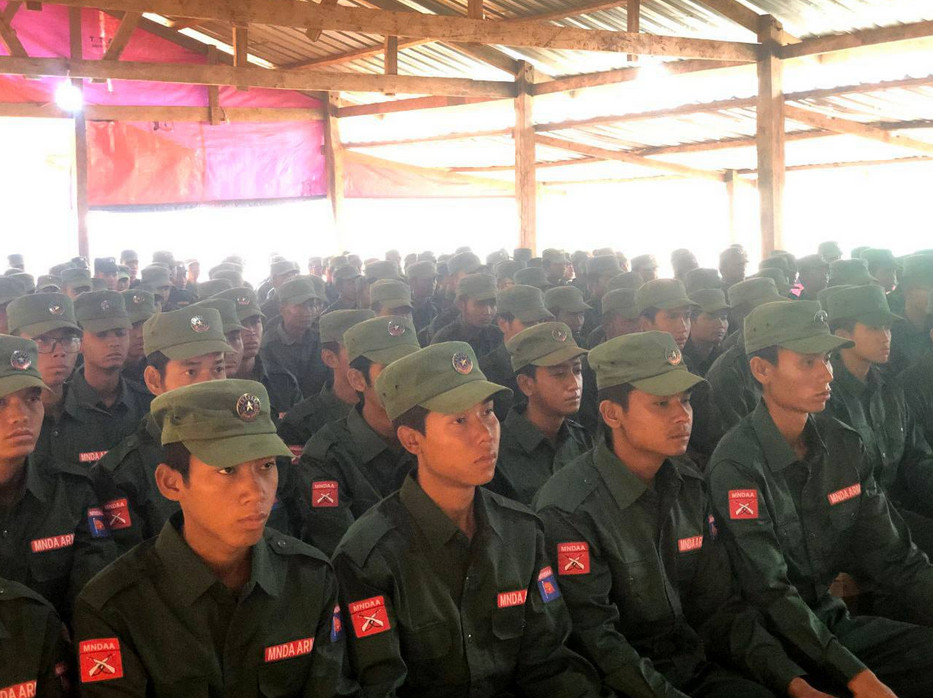
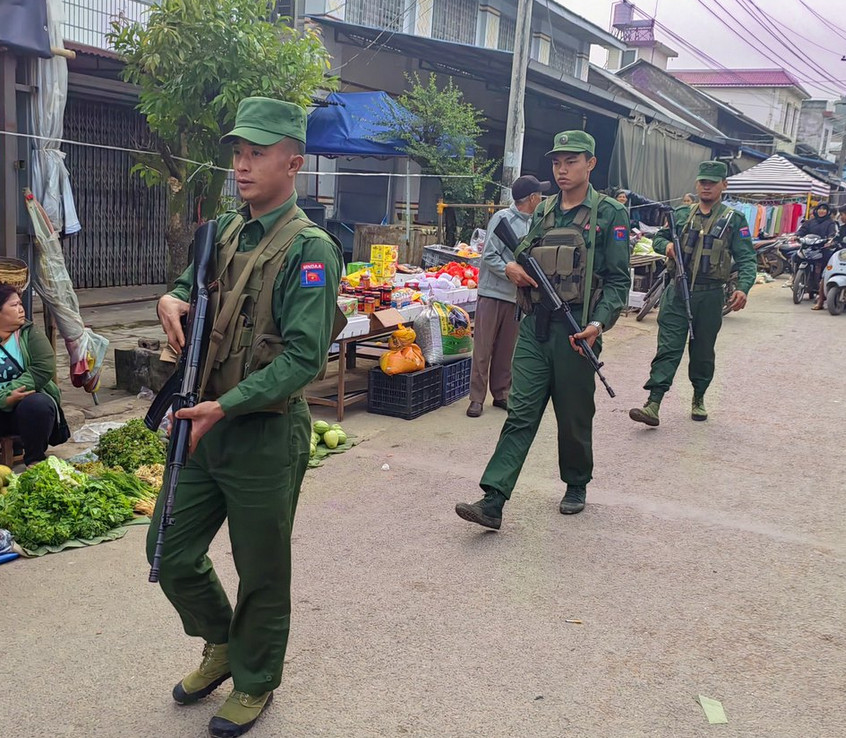
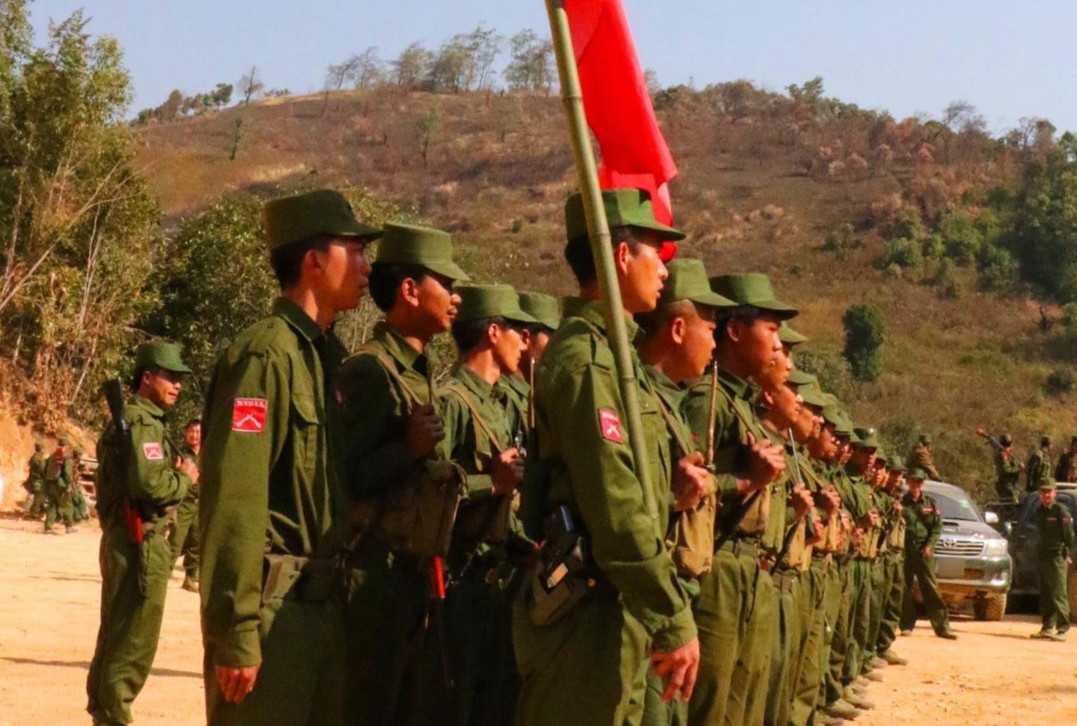
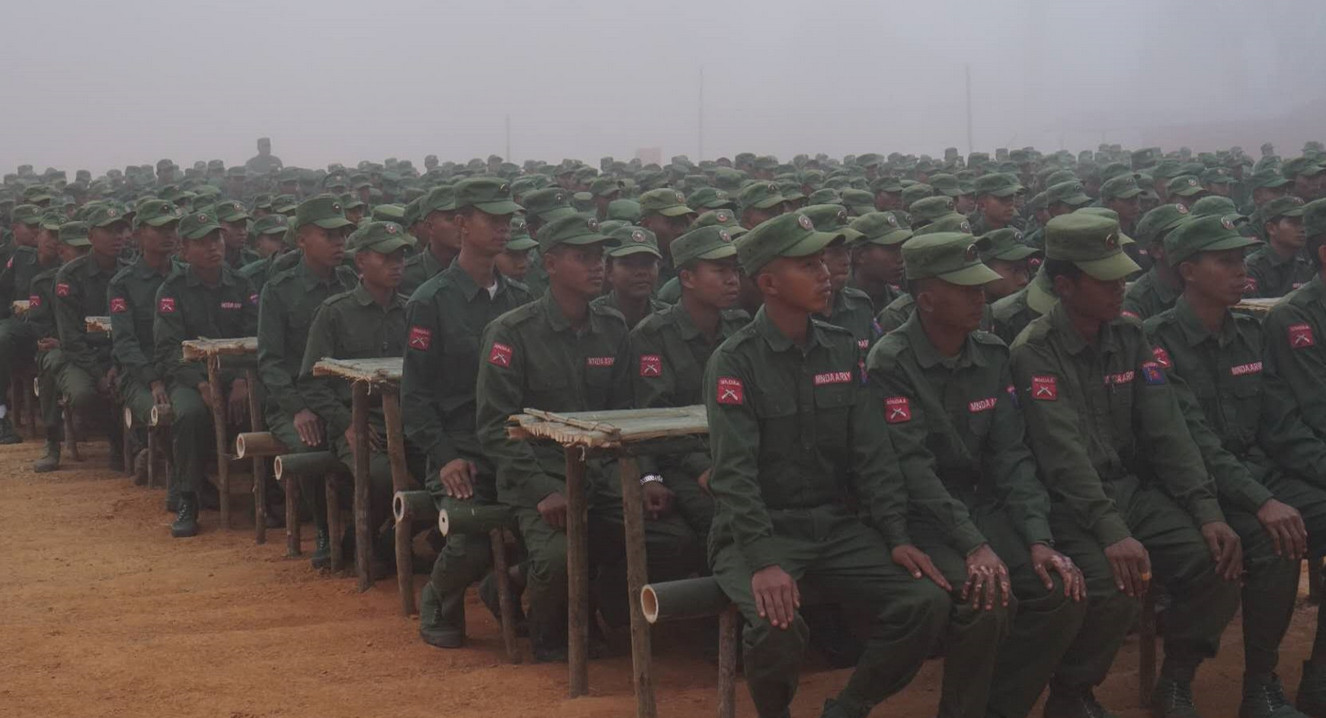


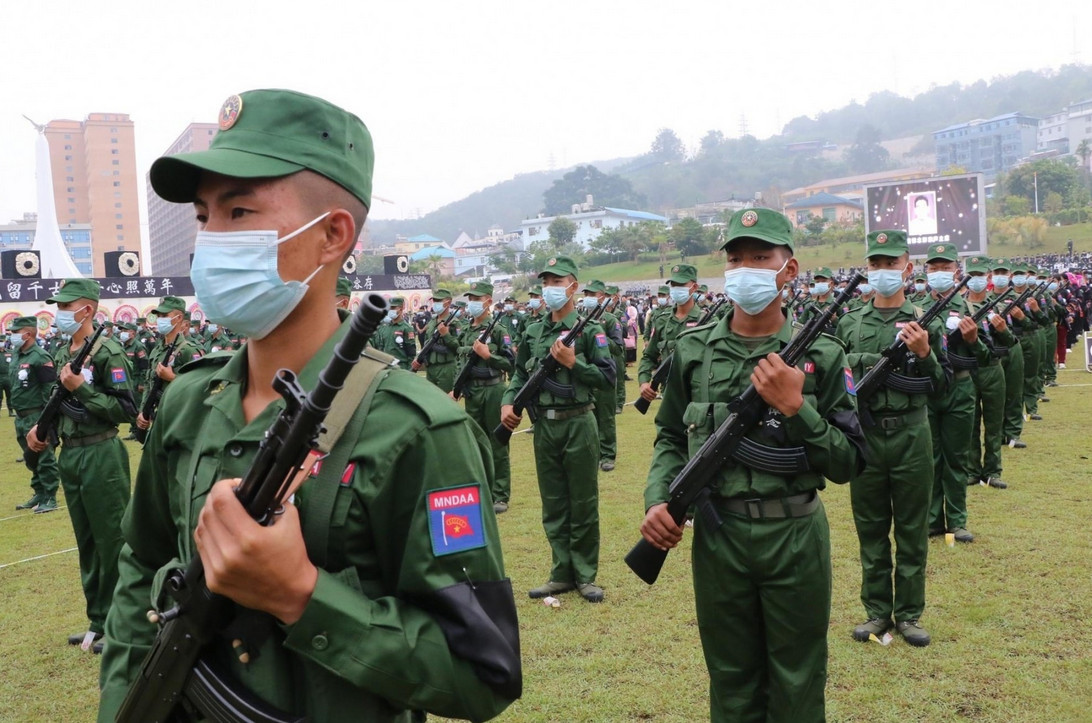


1. Girls’ Education in Afghanistan
Local Perspective:
In many parts of Afghanistan, cultural norms and security concerns limit girls’ access to education.
Local organizations understand specific barriers such as familial resistance, lack of female teachers, and safety concerns for girls traveling to school.
Global Context:
Gender equality in education is a global goal, essential for sustainable development, economic growth, and social progress.
Global initiatives often aim to increase enrollment rates and educational attainment for girls in developing countries.
Integrated Solution:
Community-Based Education: Local NGOs have established community-based schools that operate within villages, reducing travel risks and cultural resistance. These schools often employ female teachers from the community, making education more acceptable for girls.
Parental Engagement: Programs that involve parents and community leaders in discussions about the importance of girls’ education help change attitudes and gain support.
International Support: Global organizations like UNICEF and the Global Partnership for Education provide funding, resources, and policy support to scale up successful local initiatives.
2. STEM Education for Girls in Nigeria
Local Perspective:
In Nigeria, cultural and economic barriers prevent many girls from pursuing education in Science, Technology, Engineering, and Mathematics (STEM).
Local insights reveal that role models and mentorship are crucial in encouraging girls to enter and stay in STEM fields.
Global Context:
There is a global push to increase female participation in STEM to address gender disparities and drive innovation and economic growth.
International organizations and governments are investing in STEM education initiatives to empower girls and women.
Integrated Solution:
Mentorship Programs: Local initiatives like the “Visiola Foundation” provide mentorship and scholarships for girls to pursue STEM education, connecting them with female role models in the field.
Hands-On Learning: Programs that offer practical, hands-on STEM experiences, such as coding camps and science clubs, help girls build confidence and interest in STEM subjects.
International Collaboration: Partnerships with global tech companies and universities provide resources, training, and opportunities for girls in Nigeria to participate in global STEM competitions and programs.
3. Reducing Gender Disparities in Education in India
Local Perspective:
In rural India, gender biases and economic constraints often limit girls’ access to education. Early marriage and household responsibilities also play a significant role.
Local organizations have deep understanding of these cultural practices and can navigate them to promote education.
Global Context:
Gender disparity in education remains a significant barrier to achieving global education goals and gender equality.
Efforts to reduce these disparities focus on policy changes, advocacy, and community-based interventions.
Integrated Solution:
Conditional Cash Transfers: Programs like the “Dhanalakshmi Scheme” provide financial incentives to families to keep girls in school, helping to offset the cost of education and reduce the economic burden of schooling.
Community Advocacy: Local NGOs conduct awareness campaigns to educate communities about the benefits of girls’ education, often involving respected community leaders to change perceptions.
International Funding and Policy Support: Organizations like the World Bank and UNESCO provide funding and policy advice to support national initiatives aimed at reducing gender disparities in education.
4. Addressing Menstrual Health to Improve School Attendance in Kenya
Local Perspective:
In Kenya, menstrual hygiene management is a significant barrier to girls’ education. Many girls miss school during their menstrual periods due to lack of access to sanitary products and inadequate facilities.
Local initiatives understand the stigma and cultural taboos surrounding menstruation and can address these effectively.
Global Context:
Menstrual health is increasingly recognized as a crucial factor in ensuring girls’ education and gender equality worldwide.
Global health organizations and NGOs are working to improve menstrual health management as part of broader education and health initiatives.
Integrated Solution:
Provision of Sanitary Products: Local organizations like “ZanaAfrica” distribute free or affordable sanitary pads to girls in schools, ensuring they do not miss classes during their periods.
Education and Awareness: Programs that educate both girls and boys about menstrual health help to reduce stigma and create a supportive school environment.
Infrastructure Improvements: Collaborations with international donors to improve school sanitation facilities, including private and hygienic toilets for girls, make schools more accessible and girl-friendly.
5. Empowering Indigenous Girls through Education in Australia
Local Perspective:
Indigenous communities in Australia face unique challenges in education, including cultural differences, remote locations, and historical disadvantages.
Local organizations have insights into how to make education culturally relevant and respectful of Indigenous traditions.
Global Context:
Indigenous populations around the world often have lower educational attainment rates due to systemic barriers and discrimination.
Global efforts aim to ensure that indigenous people have equal access to quality education while preserving their cultural heritage.
Integrated Solution:
Culturally Relevant Curriculum: Programs like “The Stronger Smarter Institute” develop educational materials and teaching methods that respect and incorporate Indigenous cultures and histories.
Community Involvement: Involving Indigenous leaders and elders in the design and delivery of education ensures that it aligns with cultural values and community needs.
Global Support and Recognition: International recognition and support for Indigenous education initiatives through forums like the United Nations Permanent Forum on Indigenous Issues help to mobilize resources and share best practices.
Conclusion
Integrating local perspectives into global efforts for education and gender equality ensures that solutions are relevant, effective, and sustainable. By understanding and addressing the unique challenges faced by different communities, global initiatives can foster environments where all individuals, regardless of gender, have the opportunity to access quality education and achieve their full potential.

Leave a Reply